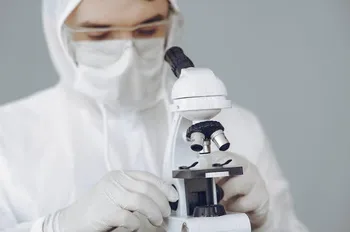Per- and polyfluoroalkyl substances (PFAS) are a class of thousands of chemicals, with different properties, safety profiles and uses[[OECD, "oecd.org," 2021. [Online]. Available: https://www.oecd.org/chemicalsafety/portal-perfluorinated-chemicals/terminology-per-and-polyfluoroalkyl-substances.pdf. [Accessed April 2024]]]. In January 2023, the authorities of Denmark, Germany, the Netherlands, Norway, and Sweden submitted a proposal to the European Chemicals Agency (ECHA) that calls for a near complete phase-out of the manufacture, import, sale, and use of per- and polyfluorinated substances (commonly known as PFAS)[[ECHA, 2022. [Online]. Available: https://echa.europa.eu/hot-topics/perfluoroalkyl-chemicals-pfas. [Accessed April 2024]]. Transitional periods are foreseen for uses that currently have no alternatives. Within the class of PFAS chemicals included in the proposal are fluoropolymers, a subgroup of PFAS that is used in various industrial and professional applications.
Water electrolysers and fuel cells use fluorinated membranes for their unique physical and chemical properties such as elevated proton conductivity and excellent durability. However, these systems are known to emit levels of inorganic fluoride during operation of the product. In fact, the degree of fluoride release may be used as a measure of the rate of degradation of the membrane in a fuel cell or an electrolyser[1]. Hence, component and stack manufacturers aim to minimise any inorganic fluoride release rate in order to ensure commercially
...


